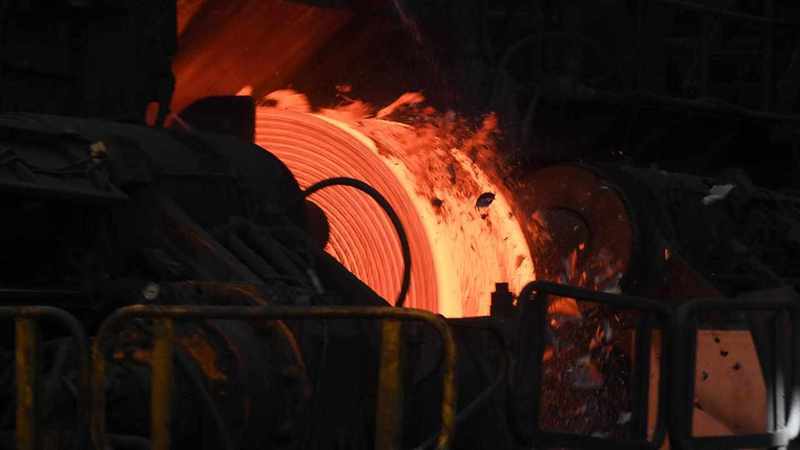Iron ore exports to drive China's economy are offsetting falling earnings from Australia's other traditional shipments of gas and coal.
China's rising motor vehicle exports have helped sustain steel production and demand for iron ore, the Resources and Energy Quarterly report released on Monday shows.
However, keeping a lid on lithium prices, China continues to control the supply of factory-ready critical minerals that are crucial for batteries and the broader energy transition.
Lower world prices for lithium means Australian lithium exports are forecast to fall from a record $20 billion in 2022/23 to $14 billion before stabilising around $15 billion in 2024/25.
But export volumes of Australian lithium ores and chemicals are still expected to grow strongly, with lithium hydroxide set to account for a rising share of those exports.
"The long-term outlook for lithium demand remains strong, as does Australian lithium producers' ability to compete," the report found.
Strong global vehicle manufacturing activity is also lifting demand for aluminium, particularly in China, as automakers are seeking to reduce vehicle weight.
Electric car makers are focused on reducing vehicle weight, since it impacts on a vehicle’s driving range.
And with battery-powered electric vehicles (EVs) requiring close to four times as much copper as conventional internal combustion engine vehicles, EV production is expected to become a growing source of demand for copper.
But weaker growth in overall world demand and improving world commodity supply will cut Australia's total resource and energy export earnings from a record $466 billion in 2022/23 to $408 billion in 2023/24.
Liquefied natural gas (LNG) earnings are forecast to fall by $20 billion to $73 billion in 2023/24, with a further fall of $8 billion forecast in 2024/25.
Earnings from metallurgical coal, used for steel making, are expected to slide to $52 billion in 2023/24 and $41 billion in 2024/25, down from last year’s $62 billion.
Thermal coal earnings continue to tumble, from a forecast $36 billion in 2023/24 to $29 billion in 2024/25, down from $66 billion in 2022/23.
Resources Minister Madeleine King said Australia's outlook for investment in new deposits and mines remains healthy, particularly for the critical minerals that are crucial for low-emissions technologies.
"Australia’s resources sector remains the engine room of the nation’s economy," she said.
But fresh guidance from the International Council on Mining and Metals (ICMM) requires accurate calculations and disclosures of the climate impact of value chains, known as Scope 3 emissions, from the pit to the factory and consumer.
Scope 3 emissions are a critical area for the industry, representing up to 95 per cent of a company’s total emissions, compared to 75 per cent across other sectors, ICMM CEO Rohitesh Dhawan said.
Each sector bears the responsibility to understand its part in the broader system and fixing stubborn sources of emissions, as the recent COP28 climate talks have made clear, he said.
"From renewable energy and sustainable transport, to construction and tech -- metals and minerals are critical to advancing the sustainable development goals and meeting the goals of the Paris Agreement," he said.









